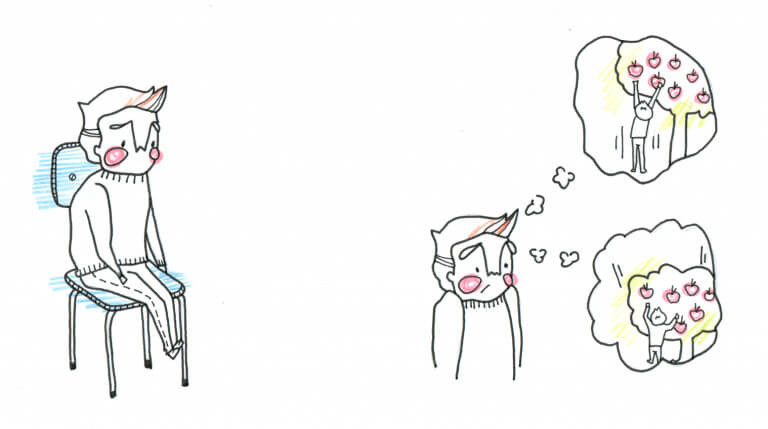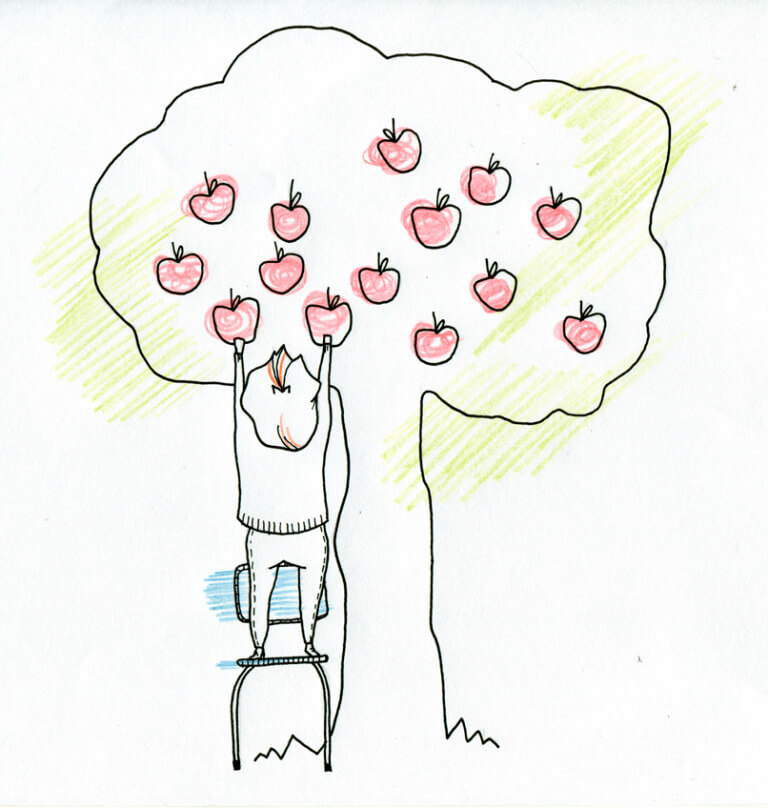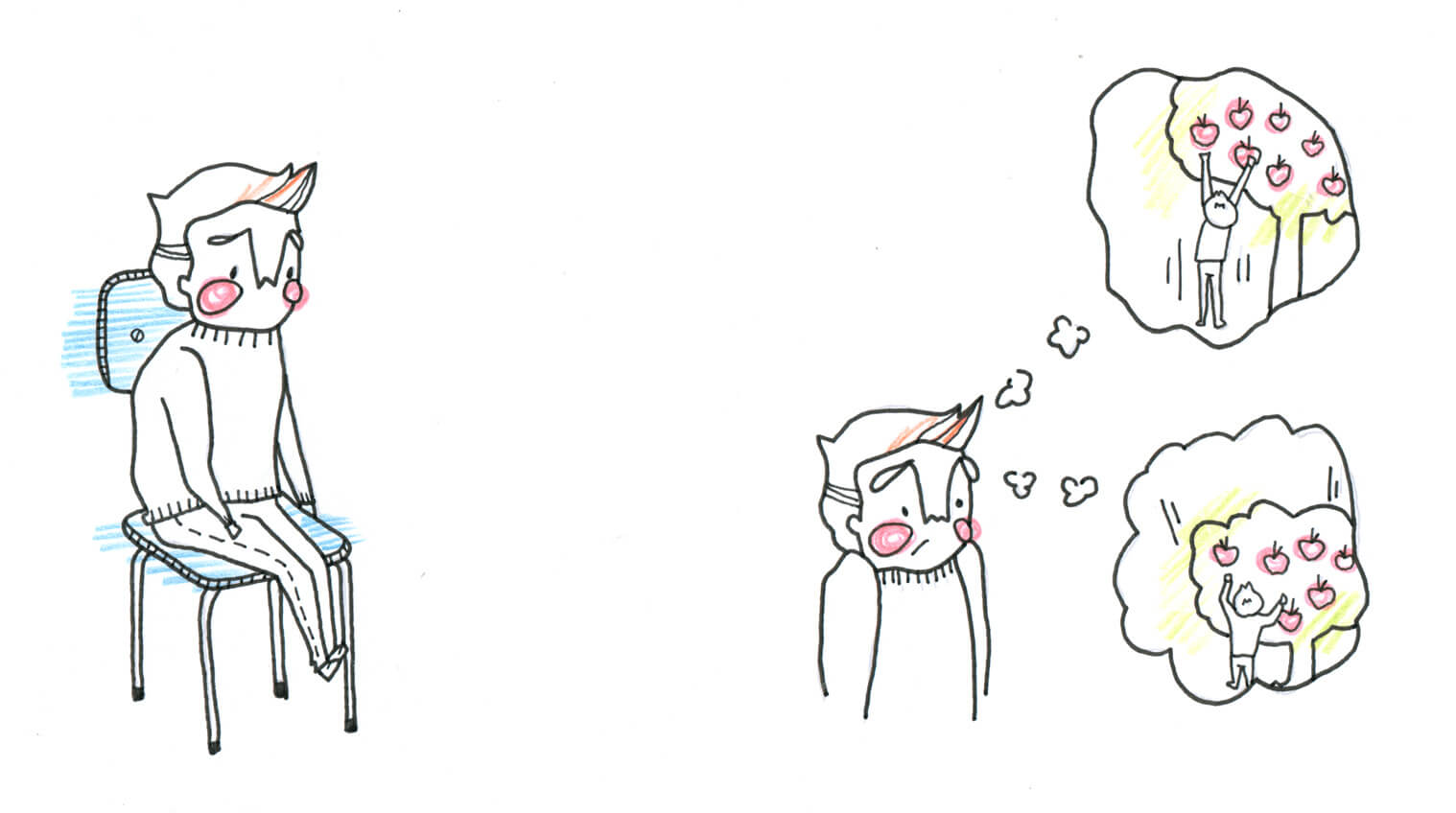We continue to reflect on what kind of models and tools can help us the most to accompany clients in coaching processes. Those focused on behaviors and habits or those on personality?
Behaviors and habits or from the personality? How is it more appropriate to approach improvement processes?
We continue, then, with the last question of the previous post.
To do this we will first have to assess how personality and behaviors and habits influence improvement and development.
Let’s start with another question:
What do we seek with development? The improvement of results, right?
Attention, please. When we speak of results, we refer to how one feels in each of life’s situations. In some way, what each experience contributes to personal satisfaction (or dissatisfaction).
Once we asked a manager of a company what his results (actually improvable) depended on. He replied: ‘from whatever my team does’.
As long as one is not aware that in order to improve their results (in one type of situation) one has to behave in a different way (in this type of situation), it makes no sense to expect any change (Fig 1.). The aforementioned manager could start by considering, for example, a more positive way of influencing his team. It is obvious, then, that we can improve the results through behavior (what we do).

But human behavior is based on habits. Normally these behaviors and habits fit into a ‘personality trait’.
Then we say, for example: ‘this person is prudent’. Because he shows traits of prudence: he reflects, plans, studies, works meticulously, etc.
It is inappropriate, even ‘dangerous’, to link the improvement of results and satisfaction with personality
Since we usually use tools as a starting point for improving results, the process towards the result would be:
Personality –> Behaviors and Habits (personality traits) –> Result
The more we link the improvement of the result with personality, through the model used, the greater the risk that if someone is not satisfied with their results, they will consider changing their personality. You may think that your personality is not correct. Even that those of others are not correct (if you have little self-awareness).
Imagine that the tool classifies a person as an introvert and that an extrovert profile is necessary for their job. What will the person think; does it have to roll over like a sock?
The vast majority of the tools cited in the previous article (DISC, Insights Discovery, MBTI) are based on personality models. NeuroQuotient®, no.
Behaviors and habits and the brain processes behind them and how they influence results.
We have created a tool based on neurobehavior.
NeuroQuotient® is not a personality tool (neither types nor traits). We do not ask ourselves how ‘we are’, but how ‘we do’ from our brain. We do not move from the binomial behaviors and habits, but from a more essential point of view: neurobehavior or brain processes. Understanding what happens in our brain when we behave in a certain way, it is easier to find alternative ways to improve results. No need to change personality.

Changing your personality is almost impossible. It is much more affordable to adjust behaviors and habits to improve results (Fig. 2).
To make the difference between personality tools and NeuroQuotient® in the next post we will take ‘prudence‘ as an example.
To continue, we ask ourselves a couple of preliminary questions:
What strengths does prudence provide?
What opportunities for improvement can prudence have?




